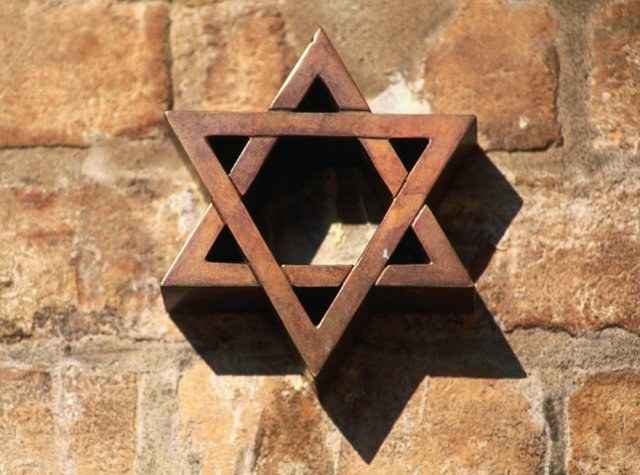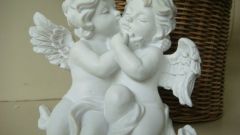The origin of the symbol of the star of David
The six-pointed star (hexagram) is an ancient symbol which has its origins in the bronze age, then it portrayed the people of India. At that time she was not associated with Jews and Judaism, and had an exceptionally magical significance. It often resorted to by the alchemists and sorcerers of the Middle East.
Hexagram (from the Greek word hexágrammos) is a star with six corners formed by two ravnomernykh triangles superimposed on each other.
Later, in the middle Ages the six pointed star was used on seals and coats of arms of the family in France, Spain, Denmark, and Germany. She also depicted on early Christian amulets and Muslim characters called "seal of Solomon". At the same time appears the concept of "shield of David", the shield according to legend, bore the name of God with a hexagram in the middle.
However, in the middle Ages the six pointed star was used more often in the Arabic Scriptures, not in Hebrew. Only in the thirteenth century a six-pointed star appears in Jewish manuscripts, where it starts to take national implications. With the advent in 1948 of the state of Israel six-pointed star took pride of place on their flag.
The six-pointed star: the meaning of the hexagram
There are many different versions of interpretations of the values of six-pointed star:
in Tantrism this symbol means harmony of matter and spirit, as well as the reunification of male and female;
- in Christianity, the six-pointed star associated with the star of Bethlehem and the six days of creation;
A yellow star of David the Nazis marked the Jews and prisoners, with one of the two triangles could be painted in other colors to show the category of prisoners, political or criminal.
in alchemy the symbol had the value of the philosopher's stone, as the six-pointed star composed of two triangles symbolizes the unity of opposites;
- it was thought that using the symbol of the star of David the Jewish king Solomon ruled the spirits;
- Tibetan Buddhists it correlate with the six syllables of the mantra - Om MA-Ni Pad-me Hum;
in the Republic of Burundi it is depicted on the flag and carries the meaning of the national motto "Unity. Work. Progress";
- the cap of Monomakh, which was crowned Tsar of the Russian rulers, the star meant power over Heaven, Earth, Birth, and Death.





